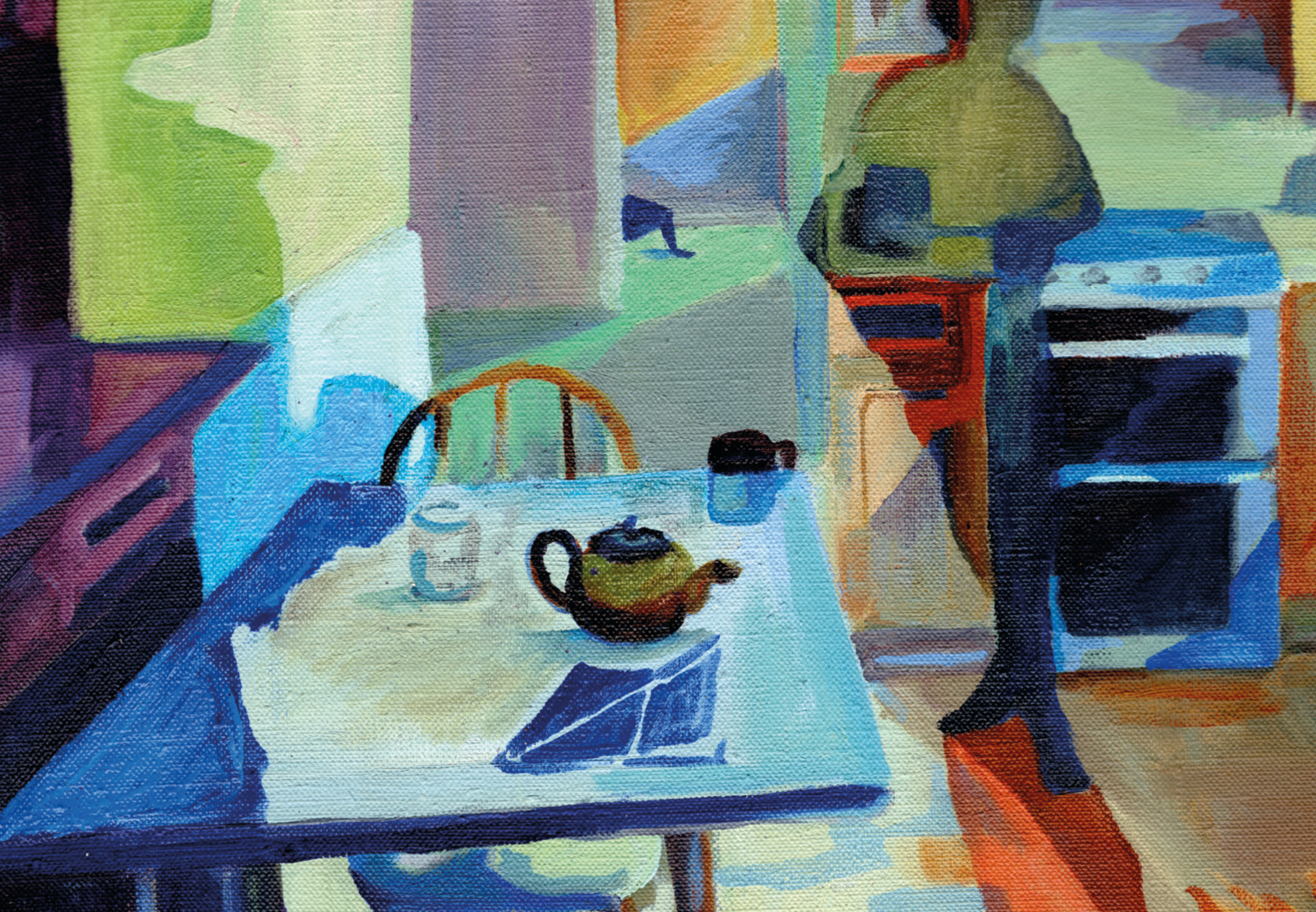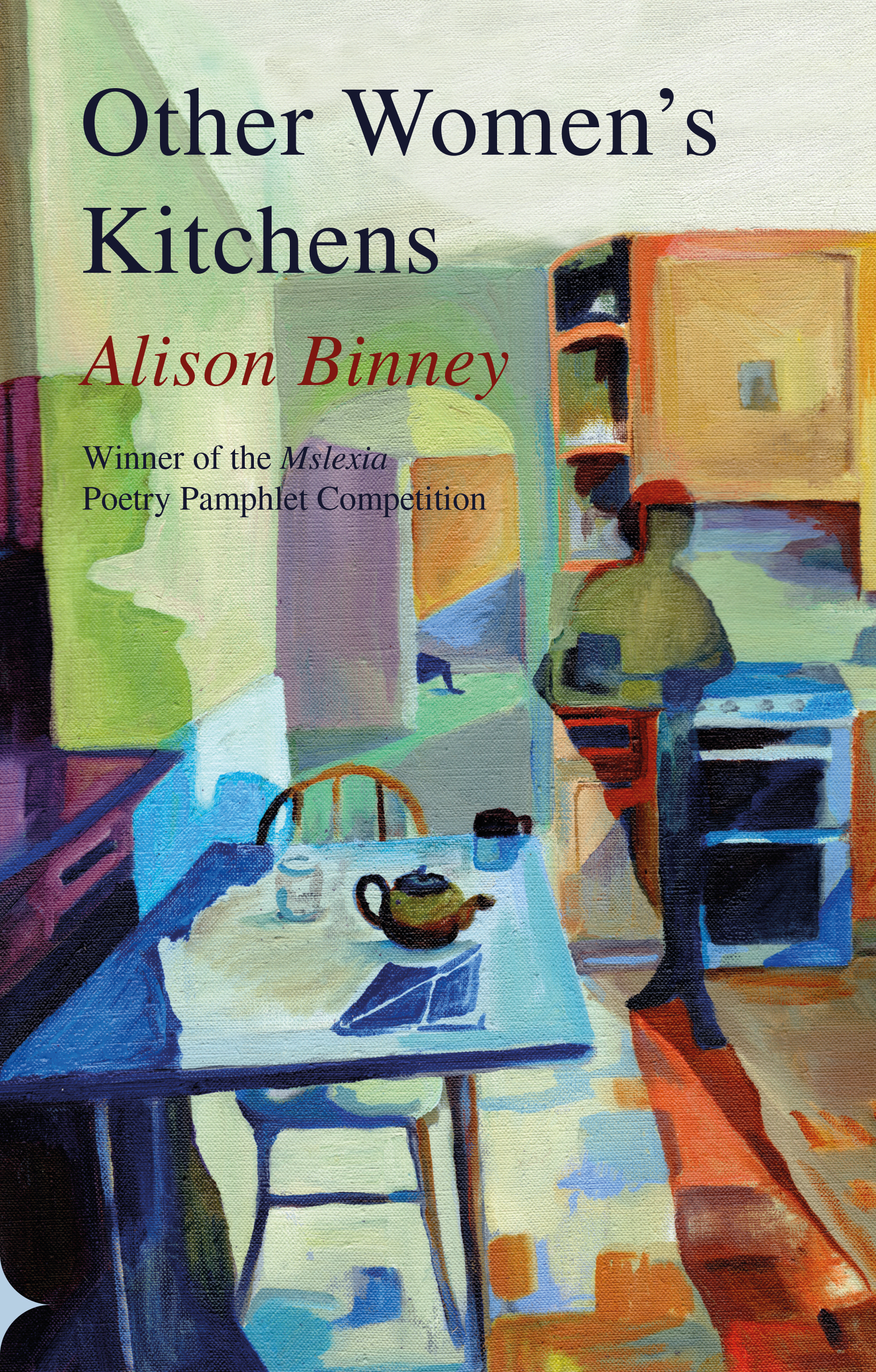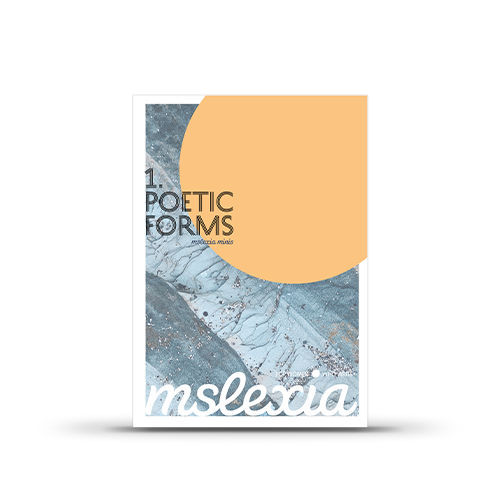
At the bottom of page 6 in Issue 92 of Mslexia, out on 1 December, we publish an apology to Alison Binney, our 2021 Poetry Pamphlet winner, for printing her poem ‘How we knew’ in the previous issue with incorrect line breaks.
‘I was so upset when I saw it,’ Alison told me, when I telephoned to say sorry. ‘I imagined other poets reading it and wondering why on earth I had won the competition. I think line endings are so important in a poem and I always take particular care with how I break up the text.’
It was this last comment that interested me, because this is something I’ve always been curious about: How do poets decide when to break a line of text? Obviously I’m not talking about rhyming poems, where the rhyme itself dictates the ending; or poetic forms with a strict metric structure. I’m talking about poems where the lines are of varied lengths, with no obvious rhyme scheme.
Though, to add insult to injury in this case, Alison pointed out that although her poem didn’t rhyme in the conventional sense, it was written as a sonnet, with the sonnet’s trademark ‘turn’ at the end of line eight. But we’d managed to mangle that too. ‘A sonnet has 14 lines, but the printed version has 15, the last line being that embarrassing single word at the end,’ she said.
I’ve posted both versions of ‘How we knew’ below and asked Alison to explain why the second (correct) version is better than the first – and to demystify her decision-making process.
WRONG VERSION
How we knew
I think when you mentioned you’d chosen the
wine because you liked the picture on the
bottle, while I was setting the oven gloves on
fire and trying to pretend I hadn’t. And when
you admitted you’d flirted from your end of
the tennis court the whole summer, and I
confessed I was too short-sighted to see.
The individual chocolate mousses clinched it.
Then you knew and I knew and the evening
stretched before us, the air fat with so much
knowing it hurt to breathe, and I didn’t know
what to do, and neither did you, until,
somehow, we did: hands, lips, skin, my
single bed rocking with laughter, long after
dark.
CORRECT VERSION
How we knew
I think when you mentioned you’d chosen the wine
because you liked the picture on the bottle,
while I was setting the oven gloves on fire
and trying to pretend I hadn’t. And when
you admitted you’d flirted from your end
of the tennis court the whole summer,
and I confessed I was too short-sighted to see.
The individual chocolate mousses clinched it.
Then you knew and I knew and the evening
stretched before us, the air fat with so much
knowing it hurt to breathe, and I didn’t know
what to do, and neither did you, until, somehow,
we did: hands, lips, skin, my single bed
rocking with laughter, long after dark.
‘I always have a sense of the line breaks when I’m writing the first draft, but adjusting them and trying out different versions is an important part of the editing process for me,’ says Alison. ‘When I looked at all the mistakes in the printed version of the poem, I realised they illustrated all the things I try not to do when deciding how to end a line.’
So here are Alison’s four line break principles:
Try to end on a strong word
The thing that hit me first was that run of weak words – “the”, “the” and “on” – at the ends of the first three lines. The poetry reader pays a lot of attention to line ends, so those words need to carry some weight and catch the imagination. I make it a rule never to end a line with “a” or “the”. The correct version has a run of strong words in that position: “wine“, “bottle“, and “fire“, all of which tell you something about the narrative.’
Avoid ending several lines with the same word
– unless you have an excellent reason for doing so, such as the desire to repeat or stress something specific, or when you’re using a poetic form such as a sestina or triolet, that is structured around repetition.’
Try to add meaning with your enjambment
That “end of“ at the end of line five in the wrong version is a missed opportunity – there is nothing being added and the reader isn’t made curious about what comes next. Breaking after “your end“ in the correct version adds a layer of meaning, making the reader linger (I hope!) on what might be going on in her mind, and also stressing the distance between one end of the court and the other. That weak “of“ violates my first principle too!
‘Another example of using enjambment to add meaning is the two line breaks at the very end of the poem. The correct version breaks the line after “my single bed“, which focuses attention on the bed as a symbol of the poet’s single status – as well as a symbol of sexuality, coming at the end of the list “hands, lips, skin“. The structure of that line encourages the reader to pause after “bed“, and sets up an expectation that is challenged by the next phrase, “rocking with laughter“. And that weak “my“ at the end of the wrong version is horrible.’
Never end a poem with a single short line
‘– again, unless you are making a point about something being interrupted or cut short in some way. It draws a huge amount of attention to that last word, and skews the whole atmosphere of the poem, which started life in a poetry workshop where the prompt was, “Write a happy love poem“. It happened to be the 15th anniversary of the start of my relationship, so I decided to write about that. (If you’re interested, the chocolate mousses were from a recipe by Jamie Oliver.)’
 Alison Binney’s winning pamphlet Other Women’s Kitchens is available now from Seren Press, priced £5 (+p&p). Claim 20 per cent off when you purchase direct from www.serenbooks.com using discount code MSLEXIA20. ‘How we knew’ was originally published in Fenland Poetry Journal.
Alison Binney’s winning pamphlet Other Women’s Kitchens is available now from Seren Press, priced £5 (+p&p). Claim 20 per cent off when you purchase direct from www.serenbooks.com using discount code MSLEXIA20. ‘How we knew’ was originally published in Fenland Poetry Journal.
A quick word of explanation, and reassurance to other poets sending their work to Mslexia. To guard against mistakes of this kind, most poetry publishers send a printout of the poem as it appears on the page to the poet to check, before it goes to the printer. In the hurly-burly of production at Mslexia we don’t make time for this, but we do normally send a print-out of the original poem to our proof-reader so that she can check it against the magazine version. During lockdown we haven’t been able to do this – which is why the mistakes I made while translating Alison’s original pdf into a version that could be put on the page weren’t picked up. We will pay particular attention to this aspect of the proofing process from now on. DT


